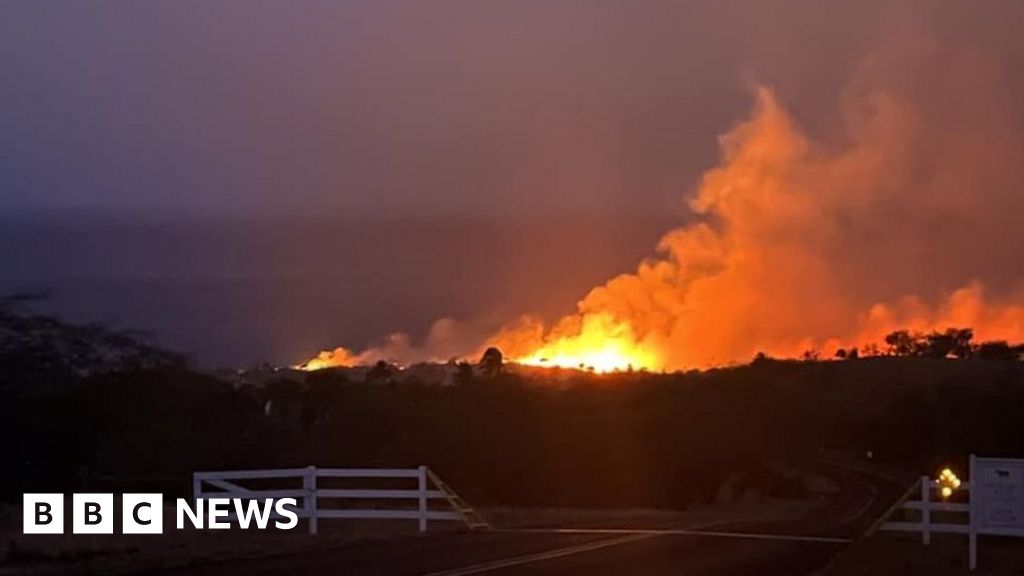“Can LLMs Think ?” YES “Like Us ?” NO … not right now anyway.
- 12 Posts
- 225 Comments

 31·2 months ago
31·2 months agoKey point :
“Some planetary systems manage to keep their resonance patterns, and TRAPPIST-1 is one of those systems.”

 2·2 months ago
2·2 months agoi like that you were looking for a mechanism to avoid thermal death of the universe.
As for my inspiration : since many years I have read about discrepancies between standard model (including the big Bang) versus observations and I came to believe (with many confirmations as the year goes by) that our current cosmology is incomplete or wrong.

 1·2 months ago
1·2 months agoMaybe I don’t follow correctly but what you say would imply that 1 billion years after the big bang (if it was the origin of the universe) there would be no ordinary main sequence Stars left … (?)

 3·3 months ago
3·3 months agothat was a nice read for me including historical popularity of different programming language here :
https://www.tiobe.com/tiobe-index/

 7·3 months ago
7·3 months ago“The team thinks the most likely source is the annihilation of electrons and their antimatter counterparts, positrons.”
… blue shifted and mostly monochromatic.

 5·3 months ago
5·3 months agoi wish you have a “biscuit” with that hydrothermal coffee 😋

 3·3 months ago
3·3 months agotaken downtown you mean ?

 11·3 months ago
11·3 months agoUsually putting together metal and water you get metal-oxide and hydrogen gas.
m + H2O → mO + H2What they discover is a unusual zone where they have both oxygen (dissolved) and metal. So, i guess they have the reverse process :
mxOy + energy → (x)m + (y/2)O2They should measure electrical field intensity in the water near the sea floor to evaluate electrical current going through the sea floor from the ocean.
This article was motivating for me by highlighting how much research, learning and cogitation are more important than typing programs.

 6·3 months ago
6·3 months agoOops ! That article citation mixed them up … the comoving is the 33.8 one here … while the light travel distance is the 13.5.

 211·3 months ago
211·3 months agoThere are three proper distances worth keeping straight in one’s mind: Today’s (comoving) distance, the distance when the light set out, and the distance the light itself traveled.

http://lifeng.lamost.org/courses/astr553/Topic16/t16_three_distancesB.html

 1·4 months ago
1·4 months agoYes, thanks.
Same link but from : lemmy.world
https://lemmy.world/c/climate@slrpnk.net
… Climate change could return us to the pre-antibiotic era :
https://lemmy.world/post/17552975

 9·4 months ago
9·4 months agoYes, this is a real concern …
… but allow me to express it in a funny way : some microbes are trying real hard to find a cure against penicillin.

 17·4 months ago
17·4 months agoWith the rise of global warming, risks of such epidemics increases … thankfully today, we have antibiotics and vaccines against plague. So, let’s try real hard not to decay back into stone age.

 11·4 months ago
11·4 months agoYes, I cut the text so much that it became misleading. Thanks for the clarification.

 274·4 months ago
274·4 months ago“Starfish Prime was a high-altitude nuclear test conducted by the United States, a joint effort of the Atomic Energy Commission (AEC) and the Defense Atomic Support Agency. It was launched from Johnston Atoll on July 9, 1962, and was the largest nuclear test conducted in outer space, and one of five conducted by the US in space.”
“… these man-made radiation belts eventually caused six or more satellites to fail …” (9 satellite failed in total)“Estimates for (…) excess deaths (…) have likely amounted to between 10,000 and 100,000.”
“Estimates for (…) overall excess death impact of thousands of above-ground tests have likely amounted to between 10,000 and 100,000.”
https://en.m.wikipedia.org/wiki/Starfish_Prime

 18·4 months ago
18·4 months agoNo batteries are ever anode free so you are right to call bullshit on this title …
Yet, what they meant was that, at the time of fabrication, there is no sodium at the anode side and only while charging the battery, sodium is deposited so creating the anode.

 2·4 months ago
2·4 months agois this the starting point of a new cosmology ?
https://lemmy.world/post/17053001(physicists) …these luminous objects do not quite fit comfortably into those theories. …
Those objects fit comfortably in reality but those theories (Big Bang, LCDM…) do not.
source // open access :
RUBIES: Evolved Stellar Populations with Extended Formation Histories at z ∼ 7–8 in Candidate Massive Galaxies Identified with JWST/NIRSpec https://iopscience.iop.org/article/10.3847/2041-8213/ad55f7








see also :
https://en.m.wikipedia.org/wiki/Quark_star